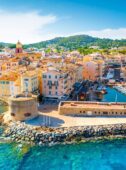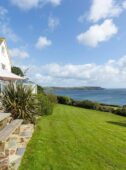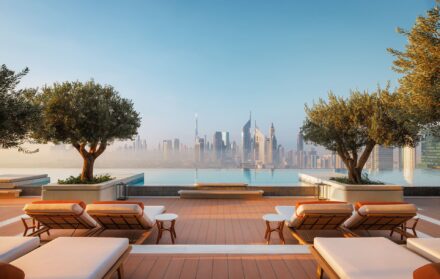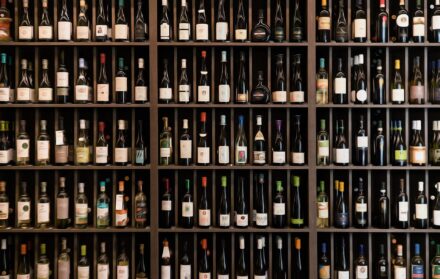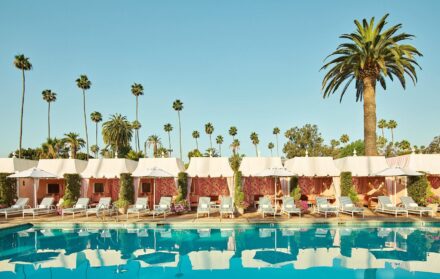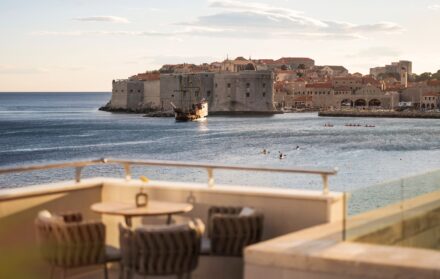
Port of call: A journey through the Douro Valley
To best appreciate the fortified export that made hillside Porto Portugal's second city, it pays to head upstream
For centuries, the crews of rabelo boats rowed with all their might as they navigated the raging rapids of Portugal’s Douro River. The flat-bottomed vessels transported barrels of wine from the Douro vineyards (quintas) to wine cellars in Porto’s Vila Nova de Gaia district. It took several men and oxen to load the boats, before crews with long oars would manoeuvre through countless turns, narrowly avoiding boulders and shallows. The arduous voyage took three to four days. The upstream return journey, during which rabelos were typically towed along the riverbank by oxen, could take almost a month. Fast forward to the 20th century, and developments in rail and road travel marked the end of the rabelo as the port industry’s main means of transport. Today, rabelo boats offer a voyage back in time, shuttling tourists up and down the Douro River. Each year, on 24 June, the Festival of St. John (São João’) is celebrated with a rabelo boat regatta involving 20 vessels and their crews.
The Douro splits Porto in two. The city’s historic hub and vibrant nightlife scene is found on the right, south-facing bank; the quieter Vila Nova de Gaia district, where the warehouses of the port producers are found, is sited on the north-facing, left bank. Over the past two decades, Vila Nova de Gaia has gradually transformed from a sleepy harbour to a trendy hangout. On the site of derelict warehouses and empty lots now stand two landmarks that are helping boost tourism – five-star The Yeatman hotel, which opened in 2010, and the World of Wine (WOW), an innovative new cultural destination.
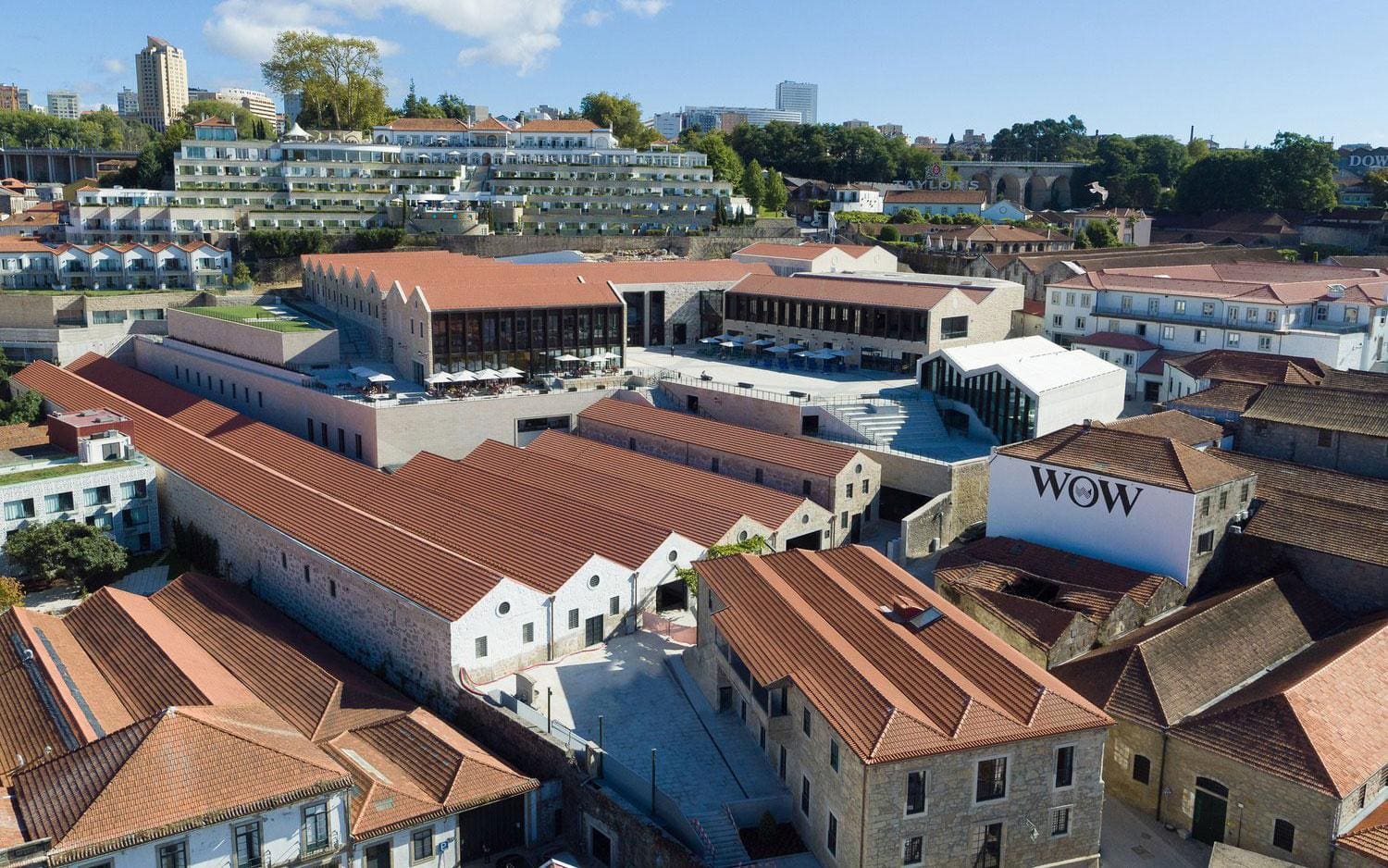
The Yeatman is within close proximity to the cellars in Vila Nova de Gaia, where Port wine has been blended and aged for centuries. Named after the English merchant family that started trading in 1838, its corridors display art and memorabilia depicting the history of Porto and Douro. Each suite is named after a vineyard and comes with either a terrace or balcony, most with panoramic views of the river and valley. The Yeatman Gastronomic Restaurant, where traditional Portuguese dishes are given a sensual makeover by executive chef Ricardo Costa, received a second Michelin star in 2017. Costa’s exceptional 11-course tasting menu is a showcase of regional favourites. Every course is a delicate work of art. From my suite, the ancient UNESCO World Heritage city seemed like a mirage – a site that would be familiar to rabelo sailors of the past. Perched on a steep hill, Porto’s skyline is punctuated by the 75-metre tall bell tower of the 18th-century Clérigos Church. It keeps a watchful eye over stacks of narrow balconied buildings, their glory faded by the passage of time. To the right is the iconic Ponte Luis I Bridge connecting old Porto and Vila Nova de Gaia.
Situated behind The Yeatman is the World of Wine, a new cultural institution targeted at both seasoned and younger generations of wine enthusiasts. The creative force behind the project is Adrian Bridge, managing director of the Fladgate Partnership, owner of prominent Port brands Taylor’s and Croft. Spanning eight acres, where once stood 300-year-old warehouses, WOW launched in July 2020, having taken seven years to complete. Overlooking old Porto, the centre encompasses seven museums, 12 restaurants, cafés and bars, a wine school and specialty retail shops. That’s a lot to pack in, and if you have only a few days to spare, I highly recommend two museums: The Wine Experience and Planet Cork.
The Wine Experience delves into the nitty-gritty of viticulture. No expense has been spared – from carving the shape of grapevines on marble walls to a giant rotating globe highlighting wine regions around the world. Brimming with content and immersive displays, it devotes an entire section resembling a film backlot to Portugal’s 14 wine-producing regions. Planet Cork is a fascinating exhibit tracing the origins of the noble cork oak tree and the delicate method of harvesting and processing its bark. Portugal is the planet’s largest producer of cork, accounting for half of global production, and these sustainable trees grow mainly in the Alentejo region, which sits above the Algarve. How much do you weigh in cork stoppers? Find out by standing still on a designated spot and wait for sparkling wine corks to avalanche into a glass container behind you.
Open-air spaces are aplenty at WOW’s central square, providing expansive views of old Porto and the river. The Golden Catch seafood restaurant and Root & Vine vegetarian eatery serve excellent food, but highly recommended are the 1828 steakhouse and T&C restaurant, which specialises in traditional Portuguese gastronomy.
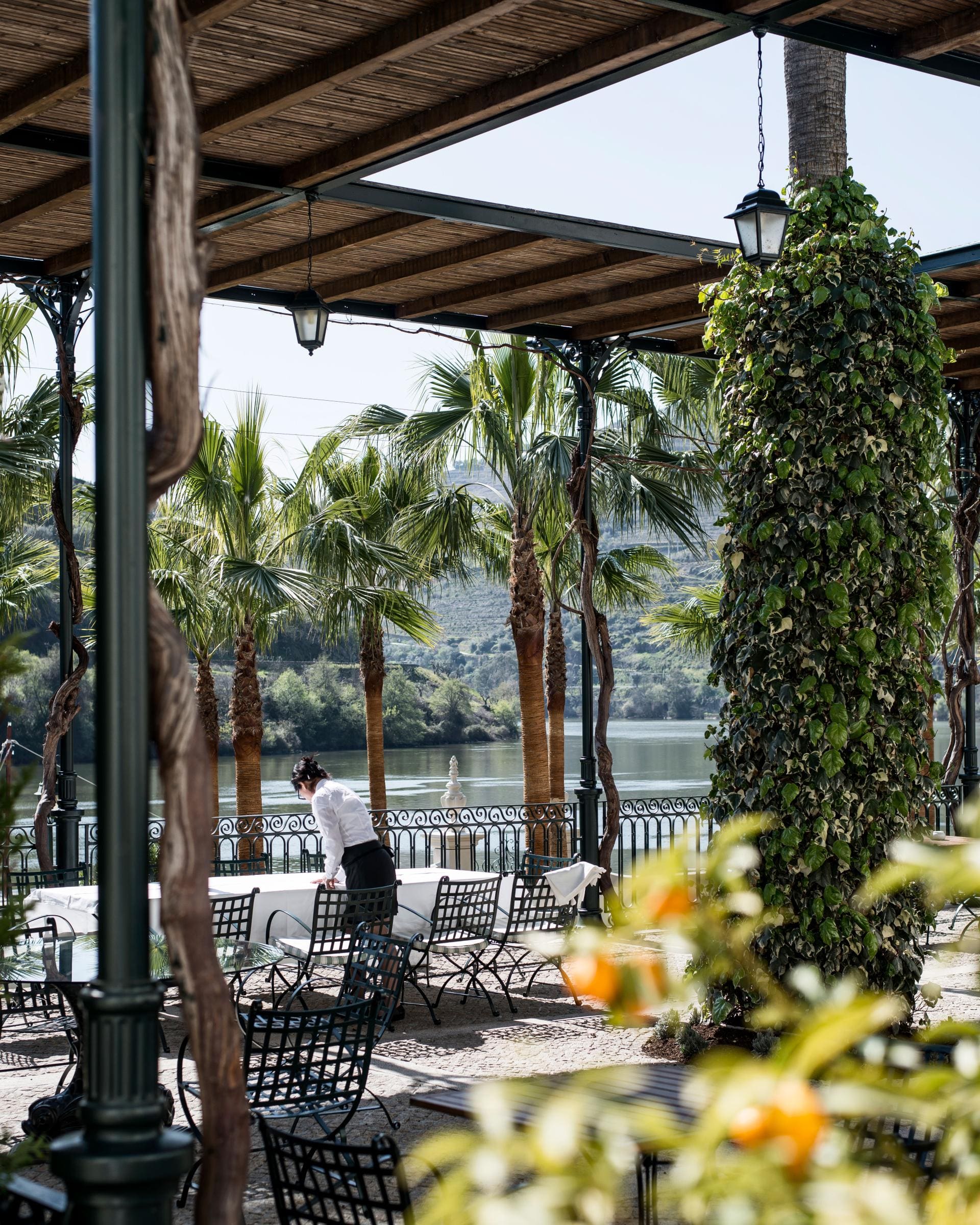 | 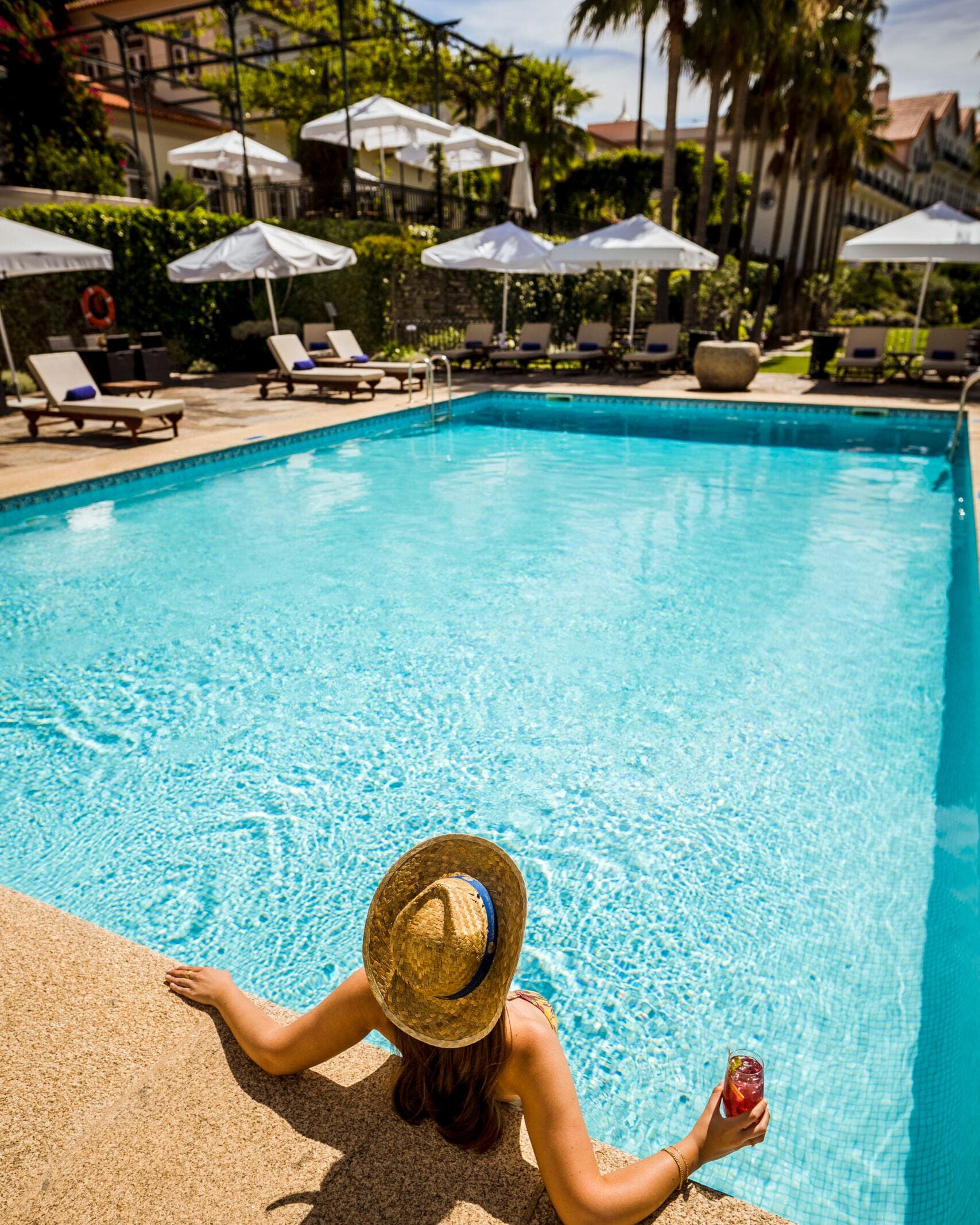 |
Of course, Porto is one end of the port-making journey. To appreciate the start of that voyage, one must travel upstream in the direction of the Alto Douro (Upper Douro), where wine has been produced for two millennia, and port for the past 350 years. By 1756, the area had become the world’s first classic wine region to have a formal demarcation – the Denominação de Origem Controlada (Denomination of Controlled Origin (DOC)) – nearly a century ahead of Bordeaux. In 2001, the region was added to the UNESCO World Heritage list, recognising the evolution of man’s interaction with nature to produce an outstanding cultural landscape like no other.
The best way to explore the region is by car. In Avis’s 2015 World’s Best Driving Roads report, the 16.8-mile stretch of the Estrada Nacional 222, or N-222, between Peso da Régua and Pinhão took 1st place. The road garnered an Avis Driving Ratio score of 11.3:1, the nearest match to the ideal ratio of ‘10 seconds on a straight to every one second spent on a bend’. Apparently, there are 93 such bends. Diverting from the N-222 at Pinhão, we commenced a steep ascent towards a wine farm high up on a hill. Through narrow switchbacks, the scenery changed at every turn. For safety, lots of honking to alert approaching vehicles has become the norm up here. Along this stretch of the Douro valley, several wine farms (grichas) are dotted on undulating terraced hillsides, those highest up having the best views of the river below. Many offer wine tastings and vineyard tours, while others have boutique lodgings with outdoor pools.
Staying at the riverside The Vintage House presented a different perspective of the Douro. Old-world charm reigns inside, while the cream façade, poolside and towering palm trees were more reminiscent of LA’s decadent seaside hotels. The food here is excellent, matched by a good selection of fine wines, and my new favourite tipple – white port and tonic. A short drive from the hotel is Quinta da Roêda, home of the Croft Port brand and the first ever rosé port, Croft Pink. Founded in 1588, it’s the oldest active port-producing estate. Here, a tableau of sweeping vineyards provided the idyllic backdrop for a lavish ‘picnic’ of Portuguese treats. After all, this is what the Douro Valley is all about – soaking in the view while enjoying quality wines on a warm, breezy afternoon.
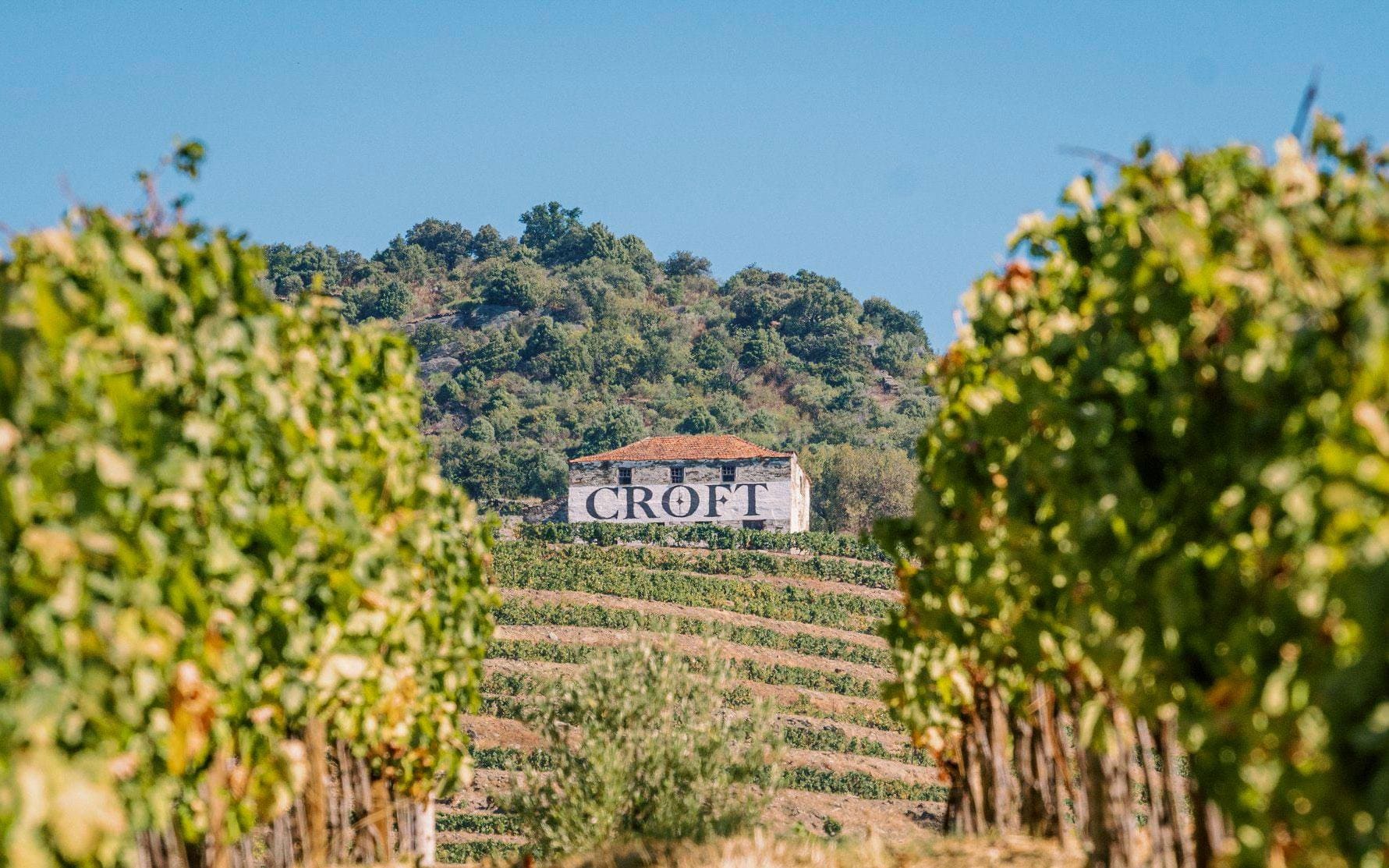
If you’re not one for renting cars, there is another way of experiencing the Douro Valley: by train. Rail journeys were unheard of in the region until the Douro Train Line (Linha do Douro) first chugged its way from Porto to Barca d’Alva in 1887. Today, the line still operates between Porto and Pocinho. I opted to take the train back to Porto. My two-hour jaunt started at the historic Pinhão rail station just behind The Vintage House. The station’s façade features well-preserved blue-and-white azulejo tiles depicting life as it once was in the vineyards. The rail tracks skim the edge of steep slopes, providing a bird’s eye view of rolling hills and the mountains beyond the river below.
Travel to Porto and remain the in city and there’s no doubt you’ll have a tremendous time. But to really appreciate the region, and the product that put Porto on the map, it pays to spend some time discovering more of the Douro Valley. Only then do you get a true appreciation of the history and traditions of the area. Here, as with so many cultural-geographic regions, it’s as much about the journey as the destination. Saúde!
World of Wine, wow.pt; The Yeatman, the-yeatman-hotel.com; The Vintage House Hotel, vintagehousehotel.com; Quinta da Roeda, croftport.com; The Douro Train Line, seat61.com
